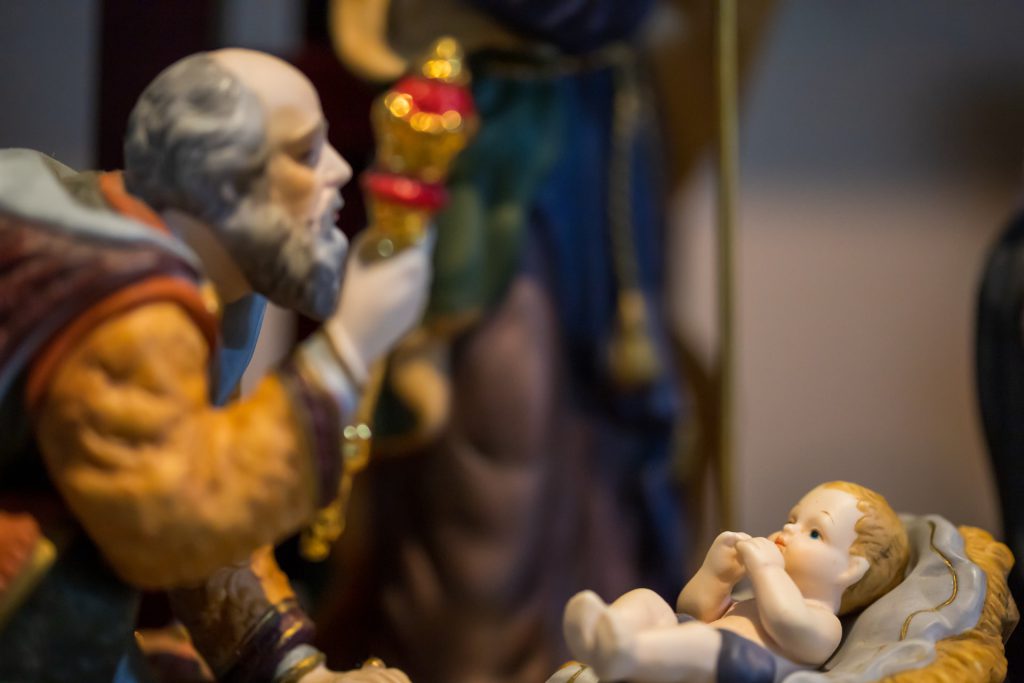
The Twelve Nights of Christmas run from Christmas Day until the evening of 5th January, The Twelfth Night. This traditionally marks the eve of the Magi, the wise men’s arrival. It makes the end of Christmastide and is the eve of the Epiphany. In the past and still in some countries, gifts are exchanged then. The custom is believed to date back to the original Magi, who were meant to have given the gifts for gold, myrrh and frankincense.
Epiphany is originally from the Greek word for manifestation. It is believed to be the night in which Jesus was manifested to the Gentiles. The Gentiles in the terms of the Bible were the ‘non Jews’. In affect the Christians.
The Importance of Twelfth Night in the 18th and 19th Centuries
The Twelfth Night particularly in the 18th and 19th Centuries was an important part of the Christian calendar. More than it is celebrated today. The playing of games, eating and drinking took place. A cake called the Twelfth cake was eaten on Christmas Day and some scholars believe that this was the origins of the Christmas cake. The cake would have had a bean and a pea placed into it, to represent the King and Queen. Those lucky enough to get the bean or the pea in their slice would rule supreme for the rest of the Twelve Days. This was very popular in Tudor times when the Lord of Misrule was part of the seasonal festivities. The Lord of Misrule can be dated back to the Roman festive of Saturnalia. Where salves could rule over their Masters. Likewise in Tudor times, the social hierarchy was turned upside down for the Twelve Nights/Days. The traditional drink of the Twelfth Night is wassail. It is a spiced warm punch. It is likely to have been made of beer or mead of which sugar, ginger, nutmeg, and cinnamon would have been added.
Modern Twelve Nights
In modern times the night of the Twelfth Night especially in English speaking countries, has become the traditional time to take down all Christmas decorations, including the tree. As it is considered unlucky to leave them up after the night of the Twelfth night.
The Twelve Days of Christmas Carol
Some historians believe that the tradition carol of the Twelve Days of Christmas was a way for the Catholic church to help teach their believers, the beliefs of the faith without them knowing. Below is the symbolic meaning behind each day;
A Partridge in a Pear Tree – Jesus Christ
2 Turtle Doves – The Old and New Testaments
3 French Hens – Faith, Hope and Charity, the Theological Virtues
4 Calling Birds – the Four Gospels and/or the Four Evangelists
5 Golden Rings – The first Five Books of the Old Testament, the “Pentateuch”, which gives the history of man’s fall from grace.
6 Geese A-laying – the six days of creation
7 Swans A-swimming – the seven gifts of the Holy Spirit, the seven sacraments
8 Maids A-milking – the eight beatitudes
9 Ladies Dancing – the nine Fruits of the Holy Spirit
10 Lords A-leaping – the Ten Commandments
11 Pipers Piping – the eleven faithful apostles
12 Drummers Drumming – the twelve points of doctrine in the Apostle’s Creed.